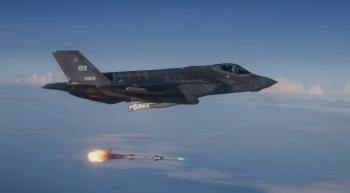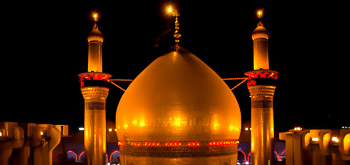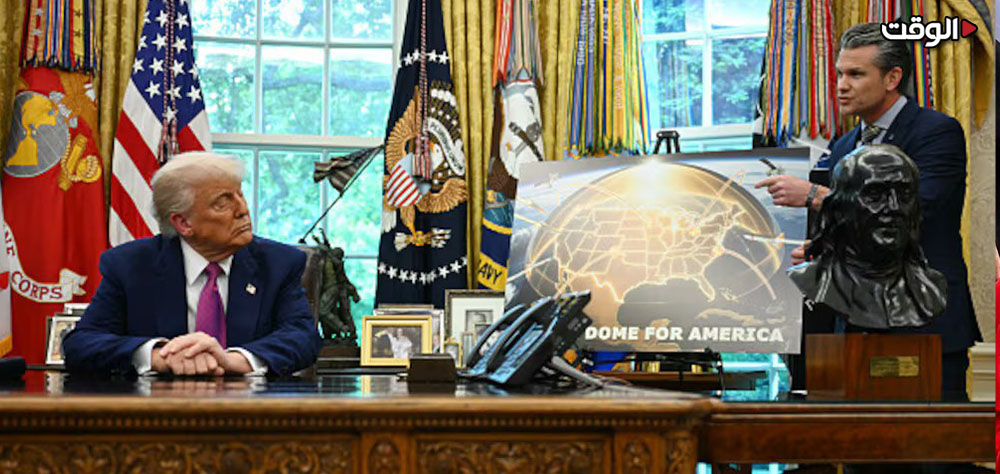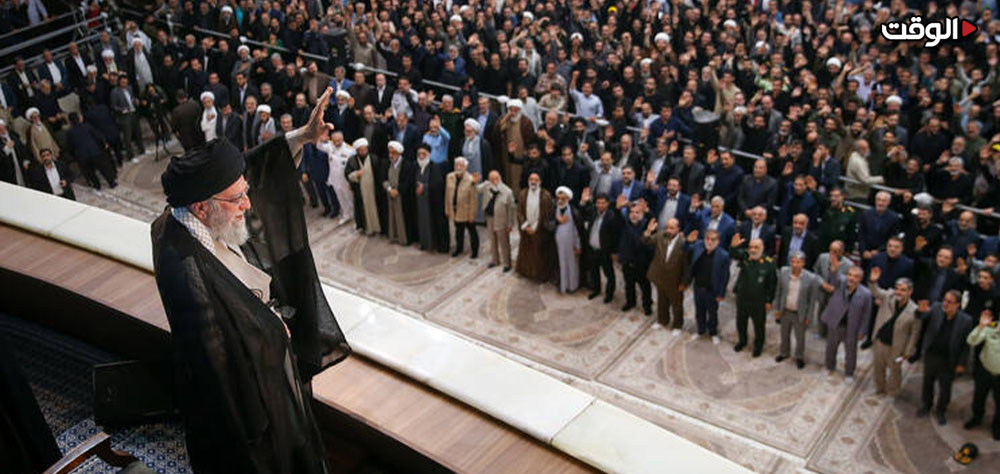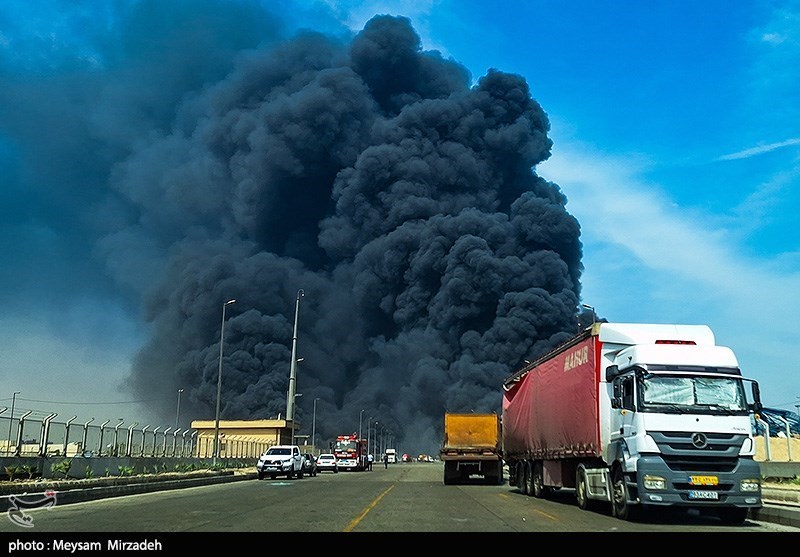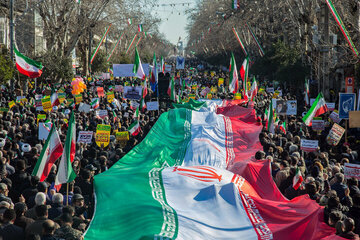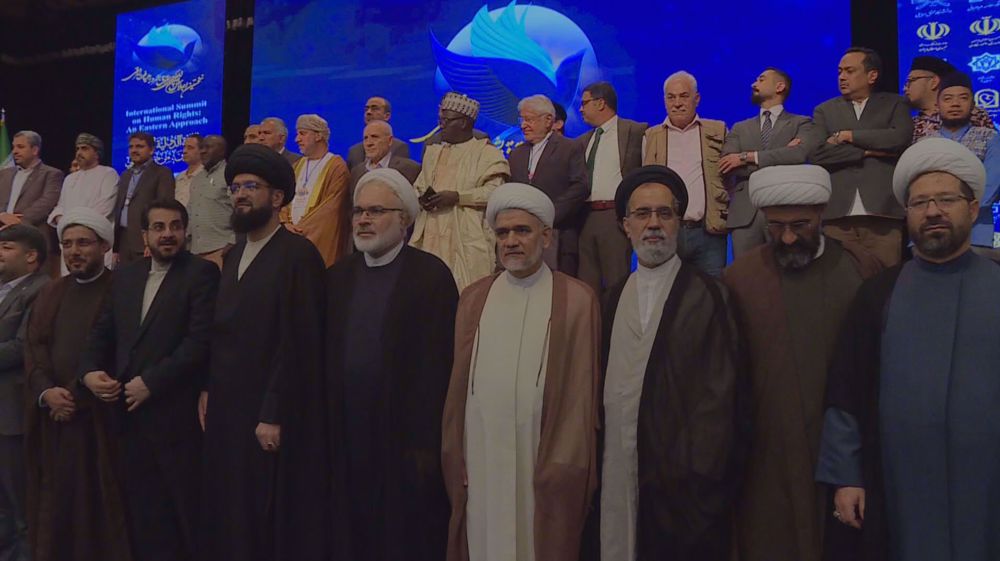Alwaght- While shadow of security threats is encompassing the world, President Donald Trump has announced he plans to build the world's most advanced missile defense shield, a project named symbolically "Golden Dome" that is brazenly similar to the Israeli Iron Dome air defense but in a way larger scale that integrates a broad network of satellites for missile detection, tracking and, and interception.
Trump's Golden Dome: An ambition or true deterrence tool?
The US president claimed that the highly costly but "necessary" air defense is going to protect the US against missile threats of such powers ad China, Russia, and North Korea. In his words, he highlighted the need to deter ballistic and even hypersonic missiles, which are way harder to deal with due to their high speed and maneuverability. He said that this project is expected to go operational by end of his presidency in 2029.
Here rises a question: Given the US's large size and huge costs of the project, is such a missile system feasible technically and economically?
Technical and economic challenges
Territorial coverage: Israeli regime's Iron Dome is a tactical system designed to intercept short-range rockets and missiles over a relatively small area. Extending such a system to a country the size of the US, especially to counter hypersonic missiles, would require the construction and deployment of thousands of batteries and advanced radars.
The program, said Trump, will cover the states of Alaska, Florida, Georgia and Indiana. He added that the Canadian government has also expressed interest in coming on board.
Currently, there is no fully effective system for intercepting hypersonic missiles (those with speeds exceeding Mach 5 and high maneuverability). Efforts are underway at the Pentagon and the US defense establishment, but the technology is still in the research and development phase.
Costs: Even on the scale of Israel, the cost of each interception with Iron Dome is significant. It is estimated that creating a global Golden Dome, with technologies beyond what exists today, would cost hundreds of billions of dollars. The initial budget for the project is estimated $25 billion, and the final cost will reach $175 billion upon completion.
However, the White House and the Congress are at odds over the costs. The Congressional Budget Office (CBO) in its estimation of the costs of the project announced amounts way higher than Trump's estimations.
The CBO report suggests that Trump’s proposed missile defense system “requires a broader SBI (Space-Based Interceptors) capability than systems considered in previous studies due to more sophisticated threats, which increases costs.”
The least expensive option is estimated at $161 billion, and costs could be expected to reach $542 billion. This comes as the US faces domestic budget challenges and a skyrocketing national debt.
It is likely that Trump’s Golden Dome will also use emerging technologies such as AI and high-power lasers (HELWS) to make a defense system operational against the threat of advanced hypersonic guided missiles. These technologies could significantly increase design costs and implementation time. The US has been investing in high-energy laser technology (High-Energy Laser Weapon System) since the 2010s, but experts consider this technology to have significant limitations, such as weather restrictions, the need for huge energy (requiring high-power reactors or supercapacitors), and a shorter range than interceptor missiles.
Reagan's Star Wars; A story of psychological deterrence
Trump's idea has high similarity to Star Defense Initiative (SDI) that was put forward in the 1980s by the US President Ronald Reagan. The initiative was unveiled to build a system capable of intercepting the Soviet nuclear missiles using orbital lasers, defense satellites, and si-fi technologies showed off in Hollywood movies to impact public opinion.
Although the project never became operational due to technical complexities, huge costs, and domestic and international opposition, its psychological and propaganda impact on the Soviet Union was enormous. Analysts believe that these psychological and economic pressures caused the Soviet Union to devote enormous resources to military competition, which ultimately led to its economic and ideological collapse— an issue that now seems to be on the agenda again to confront China.
Trump did not even hide this in his speech, saying last week, "we will truly be completing the job that President Reagan started 40 years ago, forever ending the missile threat to the American homeland."
Is history repeating itself?
Some observers believe that Trump's Golden Dome is more a psychological instrument to increase the military costs of the rivals than a true missile program, like what Reagan did with the Soviet Union during the Cold War. In a world where China-US competition is heating up, pushing Beijing and Moscow into a costly arms race could be part of Washington’s deterrence strategy.
Still, there are key differences: China and Russia are now more economically and technologically flexible than the Soviet Union, and they have more experience in circumventing Western sanctions and pressure. American society is also less willing to approve of enormous military spending, especially against the backdrop of domestic economic, educational, and health crises.
Conclusion
Although the Golden Dome project may initially seem ambitious and unrealistic, it could actually serve as a multi-layered game both for domestic consumption and international psychological warfare. The key question is this: Are we on the brink of another arms race of attrition? Or will the lessons of the Cold War and the Soviet Union’s collapse steer the players toward greater strategic wisdom?


